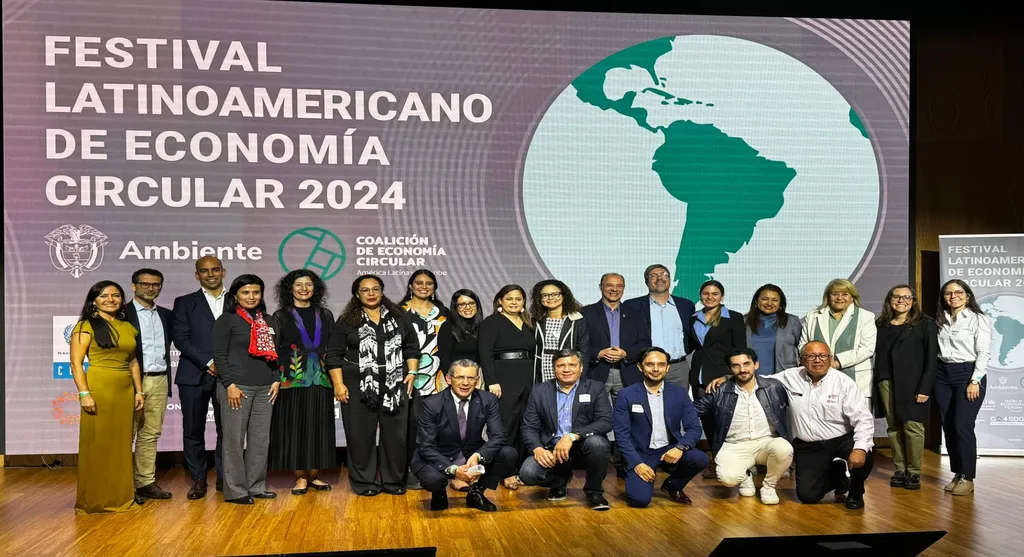In the heart of Colombia’s Aburrá Valley, a groundbreaking study is shedding light on the readiness of industrial clusters to embrace the circular economy, a shift that could redefine supply chain sustainability and resource efficiency. Led by Jose Alejandro Cano from the University of Medellín, the research introduces a novel tool: the Circular Economy Readiness Index (CERI). This index evaluates companies and their supply chains based on their strategic vision and resource management practices, offering a comprehensive snapshot of their circular economy readiness.
The study, published in the journal *Cleaner and Responsible Consumption* (translated to English), focuses on two critical sectors: construction and textile/clothing/fashion. By assessing 265 construction companies and 263 textile/clothing/fashion firms, the research provides a granular view of circular economy implementation at the company, supply chain actor, and industrial cluster levels. The findings reveal a critical level of readiness, indicating significant room for improvement.
“Better performance was observed for flows than for enablers, suggesting good resource management practices but a lack of strategic understanding and commitment to circular economy principles,” Cano explains. This disparity highlights a crucial insight: while companies may be managing resources efficiently, they often lack the strategic vision and commitment necessary to fully embrace circular economy principles.
The implications for the energy sector are profound. As global resource scarcity and environmental challenges intensify, the transition to a circular economy becomes increasingly urgent. Companies and their supply chains, being primary drivers of resource use and waste generation, play a pivotal role in this transition. The CERI offers a valuable tool for measuring and promoting circular economy implementation, thereby fostering sustainable economic development and resource efficiency.
The study identifies key areas for improvement, emphasizing the need for implementing circular economy strategies across supply chain actors. It underscores the importance of awareness, training, investment in circular economy initiatives, and stakeholder collaboration. “A comprehensive approach is necessary to accelerate the transition towards circular supply chains,” Cano notes. This approach must encompass both strategic enablers and operational resource flows to effectively implement circular business models and practices.
As the world grapples with the challenges of resource scarcity and environmental degradation, the insights from this study offer a roadmap for companies and industrial clusters to navigate the transition to a circular economy. By addressing the identified gaps and leveraging the CERI, businesses can drive sustainable economic development and contribute to a more resource-efficient future. The research not only shapes future developments in the field but also provides a practical framework for action, making it a beacon of hope for a more sustainable and circular future.

